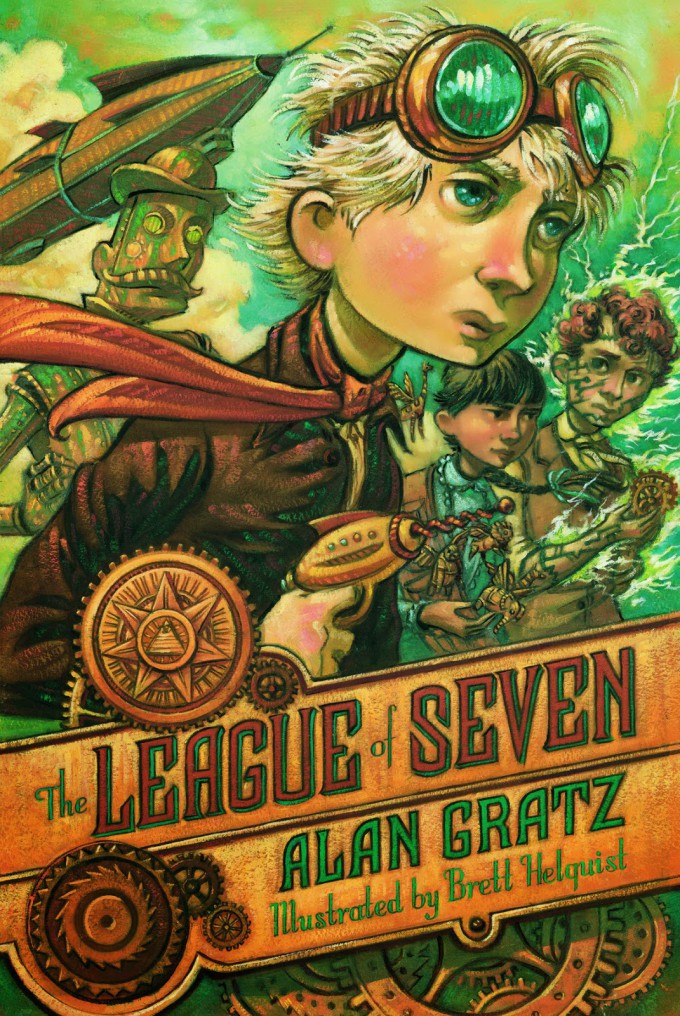A few weeks ago, I was at Georgia State's College of Education to talk with professors and students about Native peoples, how we're taught in the curriculum, choosing children's books, etc. A few days ago, a student wrote to me with a question about biased content and how a teacher could address it.
She had a specific example in which she imagined a fourth grade class being taught about specific Native Nations. She imagined a student asking the teacher why Native Americans were moved to reservations. She wondered how the teacher might respond in an unbiased manner.
Let's look, first, at the word "bias." It means prejudice in favor or against a thing, person, or group, compared with another, in a way that is unfair or partial to one of the groups.
A couple of weeks ago, I noted that I was reading Deborah Wiles's
Revolution. There's a passage in it that is a good example of bias. On page 263, Sunny (the protagonist) is at a movie theater and is approaching Mr. Martini, the man who takes tickets:
Mr. Martini is standing under the buffalo carving, which is my favorite of all the carvings on the lobby wall that depict the history of Greenwood, although Daddy says there would not have been buffalo east of the Mississippi River, which is where the Delta is. There would have been Indians, though--the Choctaw and Chickasaw including Choctaw Chief Greenwood Leflore, who was here first and signed the Treaty of Dancing Rabbit Creek way before the Civil War. That's when most of the Indians moved to Oklahoma. Miss Coffee, my fourth-grade teacher, would be proud of me for remembering.
I want to focus on two passages from that paragraph.
First is the idea that Indians were "here first." It may seem innocent enough, but scholars in Native Studies see language that says Native peoples were here "first" as a way to undermine our sovereignty. If we were simply here first, followed by __ and then by __, one can say that everyone--Native peoples, too--are immigrants to this continent.
Second is "the Indians moved to Oklahoma." Written as such, it sounds like they--on their own--decided to move. Of course, they had not chosen to move. They were forcibly removed. Although Miss Coffee told Sunny about the Dancing Rabbit Treaty, I wonder if her bias in favor of White landowners and against Choctaws is evident by Sunny's takeaway: that Indians "moved" to Oklahoma. If Wiles had, in the backstory for this part of the book, a character who is Choctaw, that character could have corrected Miss Coffee. That paragraph I quoted above could then end with Sunny saying "but Joey, who is Choctaw, told Miss Coffee that his people didn't move. They were REmoved."
A plus in that paragraph is this: Sunny says "most" of the Indians moved. In that "most" she is correct. The descendants of Choctaws who refused to be removed were federally recognized as the
Mississippi Band of Choctaw Indians in 1945. And, Sunny's dad is wrong about buffaloes. They were, in fact, east of the Mississippi. Were they in the Delta? I don't know.
Let's return to the question posed by the Georgia State student. Let's say that the curriculum the teacher is using has the words "moved" in it and let's assume the teacher knows that the Choctaw's were forcibly removed. She could teach her students about bias right then and there, using moved/removed as an example of bias and she could provide students with information from the Choctaw Nation's website. It has a
detailed account of removal. A teacher using Wiles's book could pause the reading on page 263 to correct what Sunny learned from Miss Coffee.
The point is that teachers can address bias in materials. This is, of course, teaching children to read critically--and reading critically is a vital skill.
Thanks, student at Georgia State, for your follow up questions! I hope this is helpful.





